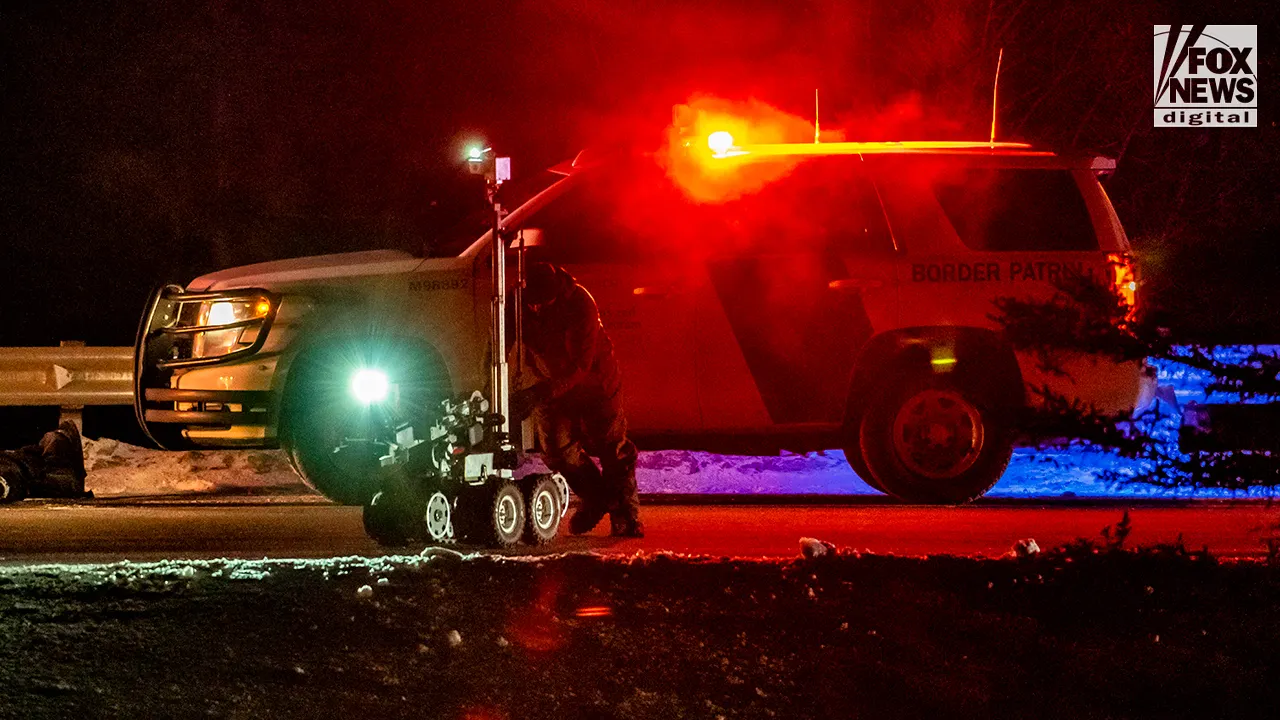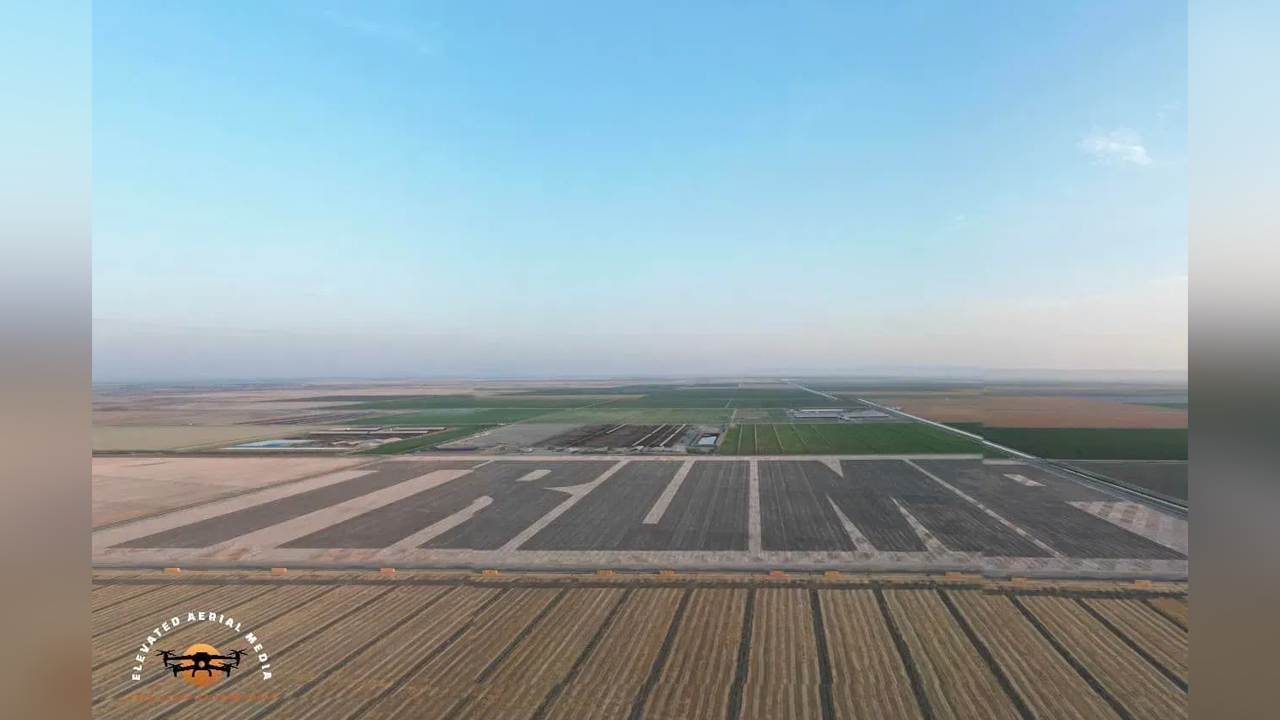The five retired men chatting outside a public library in a suburb of Edmonton, Alberta’s provincial capital, all had roots in South Asia.
Some were from India, others Pakistan. The group included Hindus, Sikhs and Muslims. Their work lives had varied.
But the group, which meets weekly at the library, was united in its late-in-life love of hockey and, in particular, the Edmonton Oilers.
Three members of the group said they would be at the library on Thursday night watching the Oilers on TV play their first Stanley Cup final game at home in 18 years. (At the moment the team is down two games to zero in the best-of-seven championship series.)
For Edmonton, the return of the Oilers to the finals of hockey’s biggest professional competition brings back memories of the 1980s. Those were glory days for both the Oilers, who won five Stanley Cups between 1984 and 1990, and for the city itself. (A Canadian team has not won the Stanley Cup in over three decades.)
Back then, the oil sands that feed Edmonton’s refineries were a source of national pride, and they made the city a magnet for job seekers from across the country.
Now they are condemned by environmentalists as Canada’s largest source of carbon emissions.
Just as the undisputed talent of Wayne Gretzky drove the Oilers to their first four Stanley Cup victories four decades ago, Connor McDavid, who is widely seen as Mr. Gretzky’s successor, has brought the team within reach of hockey’s pinnacle.
But the Oilers are playing in a city much changed from the one that reveled in Mr. Gretzky’s wins. Edmonton’s population has roughly tripled to 1.5 million and is now far more diverse and less white.
People from South Asia, including Mr. Akhtar, who followed his children to Edmonton, now make up more than 11 percent of the population.
But the growth, combined with a severe slump in oil prices that started about a decade ago, has also brought challenges. Edmonton has lost jobs, and its financial struggles are visible in the heart of the city.
Just beyond a vibrant neighborhood filled with bars and restaurants next to the Oilers’ current arena, which opened in 2016, downtown Edmonton’s shopping malls sit mostly empty after two major department stores abandoned the city’s center.
Their doors are locked at 6 p.m. most days, according to some locals, to keep out the area’s large population of people without housing. Many homeless people struggle with opioid addiction. Last year opioid poisoning deaths in Alberta rose by 25 percent from the year before.
While oil prices have risen since Russia’s invasion of Ukraine, that has yet to restore many of the jobs that disappeared during the slump.
For many in Edmonton, the Oilers’ return to the Stanley Cup finals has rekindled memories of brighter days.
“We had the kind of ‘City of Champions’ dynasty era,” said Rollie Pemberton, a former Edmonton poet laureate and a rap artist who performs as Cadence Weapon.
“That got us feeling really good about ourselves in Edmonton,” he added. “But we also had this inferiority complex where it feels like we get overlooked, ignored in the national conversation, international conversation.”
Mr. Pemberton, the grandson of a star player on Edmonton’s Canadian Football League team, said that a description of Edmonton as “the boiler room” of Canada written by Mordecai Richler, the novelist from Montreal, back in the 1980s resonated with him.
Many people in Edmonton, including Mr. Pemberton, take pride in the city’s gritty, industrial character.
“We’re a blue collar city, we work hard,” Vera Ward said as she headed back to her compact S.U.V. in a shopping mall parking lot. The car was adorned with two Oilers flags mounted on plastic poles attached to the rear windows.
“Everyone’s got the expectation that they’ll win the cup this year,” said Ms. Ward, who works as the office manager for a chicken farmers’ association. “It’s going to be fun. Through the good times and bad times, we’re there for them — most of the fans.”
Shrines big and small to the Oilers’ previous glory days still dot the city. But few are quite as prominent as the replica of the Stanley Cup that sits outside a large sporting goods store on the road linking Edmonton’s airport and its downtown area. It is 12 and ½ feet tall and weighs 850 pounds.
Inside the store, United Sport & Cycle, Kelly Hodgson, the general manager, was on the sales floor in an Oilers jersey with a cartoonishly oversized chain bearing a medallion with Mr. McDavid’s name. His attire also included a plastic wig in orange and blue, the colors of the Oilers. On top of the wig he wore an oil worker’s hard hat adorned with the team’s logo.
Oilers jerseys, including some bearing Mr. Gretzky’s name and his number, 99, lined a wall inside the sprawling store. The versions, made by Adidas, that are worn by the players were already largely sold out and had been replaced by other less expensive versions licensed by the National Hockey League and the league’s teams.
As Tamon Yanagimoto, a former Edmonton resident who had traveled from Seattle for this week’s games surveyed the commemorative merchandise, Mr. Hodgson said that, along with fans looking for Oilers goods, the playoffs had brought into the store people who simply wanted to talk about the games.
“It’s a way for them to unload,” he said.
Mr. Pemberton also returned to Edmonton from his new home in Hamilton, Ontario, this week to record a video of an updated version of a song he wrote in 2017 when Mr. McDavid joined the Oilers.
While he’s often back in Edmonton to visit his mother and sister, Mr. Pemberton said that this time he had come back to a different city.
“People in Edmonton, they feel beaten down sometimes by circumstances,” he said in a meeting room in his mother’s apartment building just west of downtown. “This team being really successful, it really uplifts the whole city. Honestly, it means so much to people. It gives them something to believe in.”
Vjosa Isai contributed research.






